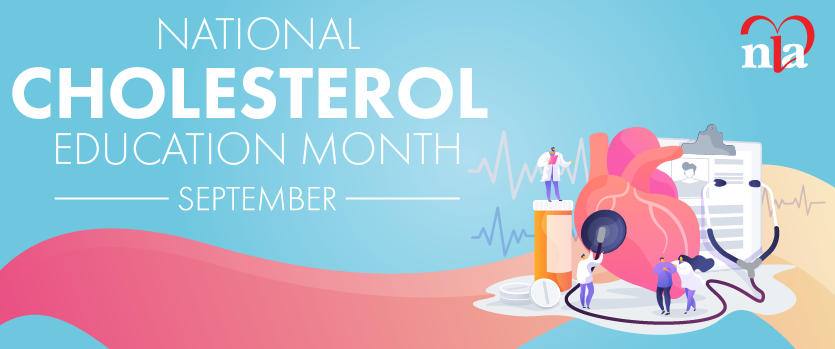As lipid specialists, members of the National Lipid Association (NLA) specialize in the care of patients with complex lipid disorders and most experts utilize a collaborative, multidisciplinary team approach for comprehensive lifestyle and pharmacological management. Given the increasingly limited time clinicians are allotted to spend with patients during a routine clinic visit in today’s high-volume medical practices, it can be tempting to be laser-focused on the problem at hand in our area of management expertise—dyslipidemia.
However, it is critically important to avoid the pitfall of viewing patients in the manner of the “blind persons touching the elephant”—all we see from our vantage point are abnormal lipids.
In fact, patients in our practices rarely present with dyslipidemia as their only atherosclerotic cardiovascular disease (ASCVD) risk factor. More than 2/3 of patients referred to cardiologists have diabetes or multiple features of the metabolic syndrome including hypertension, insulin resistance, overweight or obesity, as well as dyslipidemia. Primary care clinicians are inundated with the epidemic of obesity and management of the numerous resulting metabolic comorbidities that are associated with increased ASCVD risk.
Endocrinologists are overwhelmed with the growing population of patients with diabetes and its widespread end-organ complications and metabolic impacts. In OB/GYN practices, many high-risk women continue care throughout their reproductive years and beyond after complicated pregnancies (preterm delivery, small or large gestational age infants) or adverse pregnancy outcomes such as gestational diabetes, gestational hypertension and preeclampsia or eclampsia.
Our NLA registered dietitian nutritionists, pharmacists, and advanced practice professionals are counseling patients regarding healthy nutrition, physical activity, smoking cessation, medications and adherence in the setting of multiple risk factors that frequently associate with dyslipidemias.
Evolving evidence over recent years has also greatly expanded opportunities for even greater ASCVD risk reduction in patients with multiple risk factors including dyslipidemia. Newer agents for management of diabetes with cardiovascular outcomes benefits, the prescription omega-3 fatty acid preparation of icosapent ethyl, anti-inflammatory agents and low-dose novel oral anticoagulation have all been shown to be effective in further reducing cardiovascular events. It is imperative that lipid specialists caring for high-risk patients with dyslipidemia consider how and when to incorporate evidence-based risk reduction beyond lipids into daily practice.
In this edition of LipidSpin, the focus is on comprehensive cardiovascular risk reduction for patients with dyslipidemia. The Clinical Feature will review the recent guidelines for management of hypertension and practical strategies for implementation of lower goals of therapy. In addition, the Practical Pearls article will consider techniques for accurate assessment of blood pressure in the office and out-ofoffice settings. Remember, that espresso machine in your waiting room is really not helping diagnosis or management of hypertension!
Other critically important topics include the evolving role of aspirin in primary ASCVD prevention, review of the recent Reduction of Cardiovascular Events With Icosapent Ethyl-Intervention Trial (REDUCE-IT) with icosapent ethyl for CV event reduction, and the role of a team approach in effective smoking cessation counseling and treatment. The Real-World Case Study will look beyond diet in the management of obesity and consider the role of pharmacological and surgical approaches.
As you continue care of complex patients with dyslipidemia, it is hoped that the information in this edition of LipidSpin will help you to see the complex dyslipidemic patient with a focus on ASCVD risk in its entirety. We must move beyond the narrow perspective of our specialties and avoid the tendency to see only the elephant leg as a tree stump (lipids), the ear as a sheath of leather (diabetes), the trunk as a snake (hypertension), the tusk as a pipe (smoking) or the tail as a small furry animal (lifestyle, obesity). Reducing the burden of cardiovascular disease requires a comprehensive approach to risk reduction, and as lipid specialists, we are perfectly positioned to recognize an “elephant” in need of preventive therapies when we see it!





.jpg)
.png)











